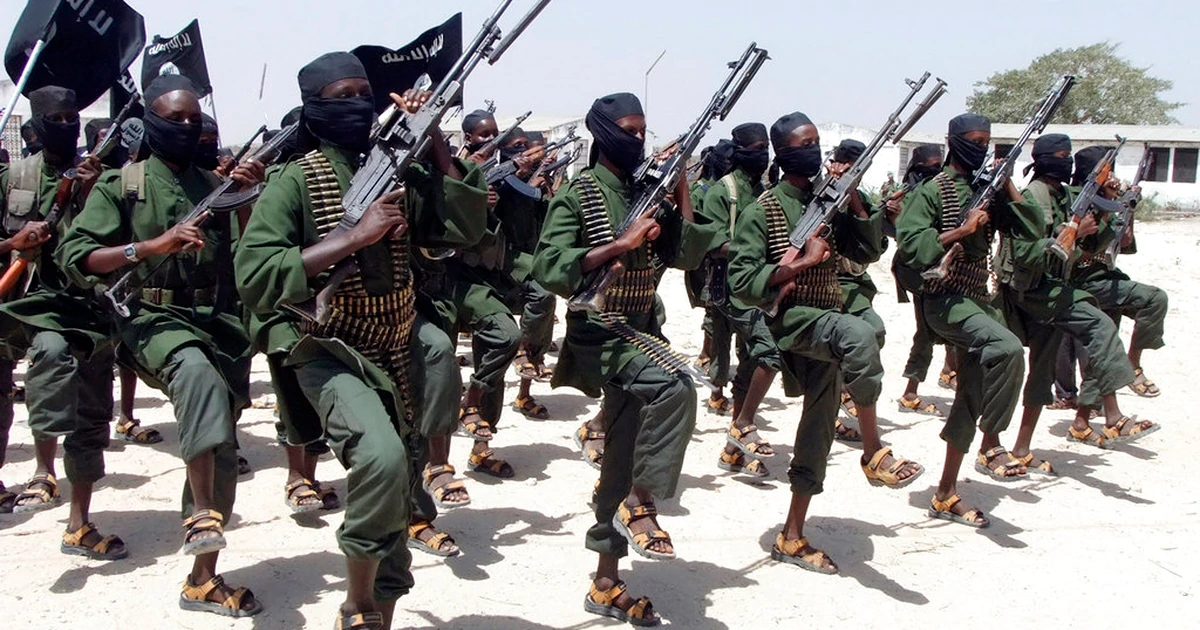
Al-Shabab, an al-Qaida offshoot based in Somalia, is growing more emboldened in targeting U.S. troops, according to U.S. Africa Command’s director of intelligence Navy Rear Adm. Heidi Berg.
“We do assess that there is a definitive shift in focus on conducting attacks against the U.S.” Berg told reporters Friday. “We’ve watched that take place over the course of a couple of months.”
Violent extremist groups including ISIS-Somalia, Boko Haram and al-Qaida in the Islamic Maghreb exist in Africa. But Berg claimed that al-Shabab is particularly worrisome, and noted that the organization’s propaganda and public announcements are “reminiscent” of al-Qaida’s prior to the 9/11 attacks.
“We currently assess that al-Shabab is the most capable terrorist group on the African continent in terms of the ability to potentially threaten Western interests regionally,” Berg said.
The comments come days after a U.S. service member was injured in an al-Shabab attack on Sept. 7 where militants used a vehicle as an improvised explosive device and mortar fire.
AFRICOM reported last week the service member, who was among U.S. and Somali troops conducting an advise, assist and accompany mission at the time of the attack, was in stable condition and receiving treatment for non-life-threatening injuries.
But other al-Shabab attacks have been deadly for Americans. In January, U.S. and Kenyan forces were attacked at Manda Bay Airfield in Kenya and the ambush resulted in the deaths of Army Spc. Henry Mayfield Jr., 23, and two U.S. Department of Defense contractors, Dustin Harrison, 47, and Bruce Triplett, 64.
AFRICOM officials previously told reporters that they believed al-Shabab militants came from Somalia and received assistance from facilitators in Kenya to pull off the attack.
/cloudfront-us-east-1.images.arcpublishing.com/mco/6OJL5N32JRDVHPCNHIU37J56XA.jpg)
According to a Department of Defense Inspector General report released in August, AFRICOM reported that al-Shabab did not significantly modify its tactics in response to the COVID-19 pandemic. In fact, the Armed Conflict Location and Event Data project tracked more than 600 violent incidents in Somalia between April 1 and June 30, 2020, per the report.
A total of 568 violent incidents were logged in the previous quarter. AFRICOM said al-Shabab’s attacks involved ambushes, hit-and-run attacks, and IEDs, the report said.
“When you consider Al-Shabab, it’s a very real and dangerous threat,” AFRICOM spokesman Air Force Col. Chris Karns told reporters Friday. “They’re an affiliate of al-Qaida. Al Qaida is in Africa — I think sometimes this may be lost on some Americans.”
“Al Qaida’s roots are in Africa, they’re seeking sanctuary in Africa,” Karns said. “But their ambitions are much broader. We have to keep that in mind…they do seek to export their violence more widely.”
Failure to exert pressure on these violent extremist organizations or allowing the African continent to become a “safe haven” for such groups means the U.S. runs the “risk of repeating the past” in the future, he said.
Karns told Military Times earlier this month that al-Shabab does not currently have the capability to attack the U.S. homeland, which he credited to the pressure AFRICOM has placed on the group.
The U.S. has conducted more than 45 airstrikes in Somalia this year against violent extremist organizations, and conducted more than 60 in 2019.
According to AFRICOM, there are approximately 5,000 to 7,000 al-Shabab militants in Somalia and the U.S. military has between 650 to 800 U.S. troops in the country at any given time.



Be the first to comment